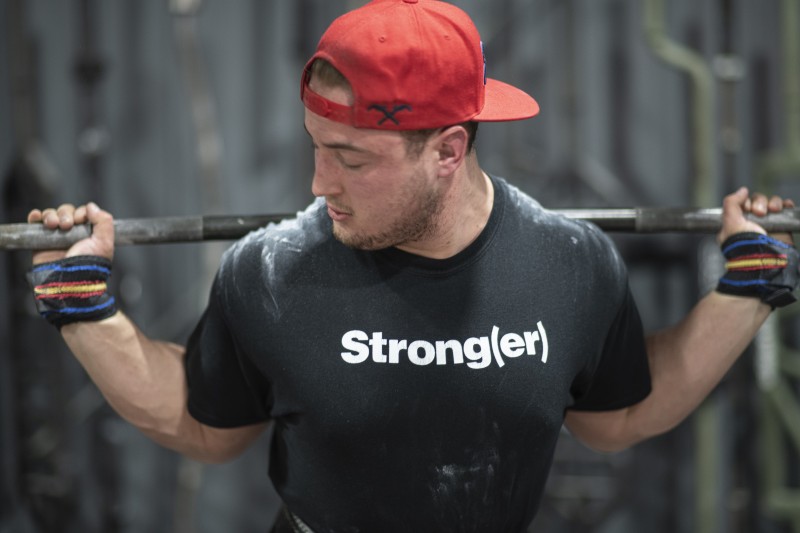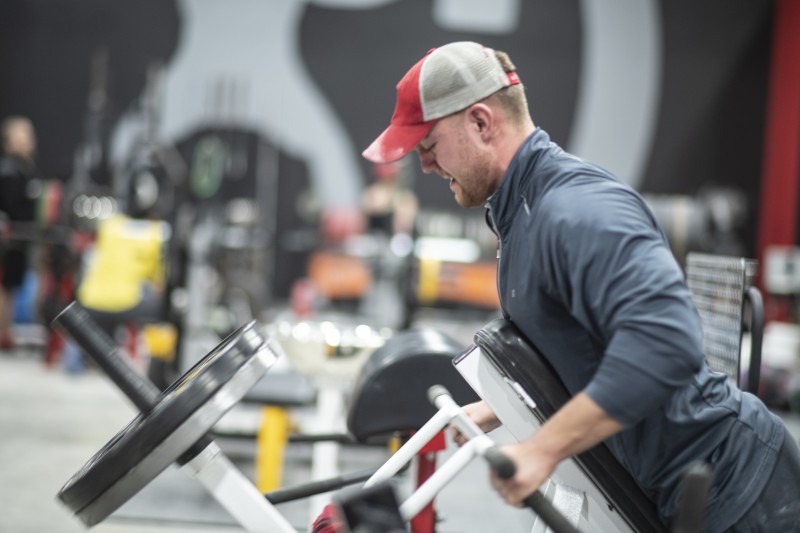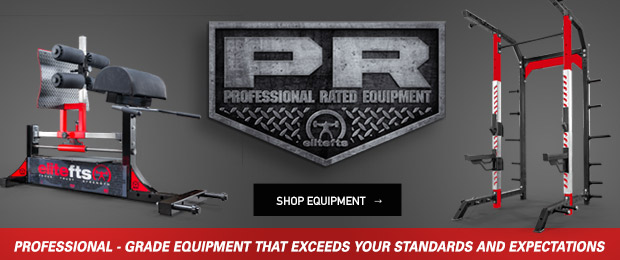
I've been coaching for 20 years now, and of those 20, I've been the director of strength and conditioning for 15 years. I've been lucky enough to be the director of strength and conditioning at three Division I universities. During this time, I've made more mistakes than most will ever consider. This is acceptable to me as long as I remember that mistakes are no more than learning opportunities.
In this article, I'll cover some of my mistakes, including the one that I keep making and keep learning from.
RECENT: It's On Us to Become Better Strength Coaches
Mistake #1: Forgetting the 80/20 Rule.
The 80/20 Rule is also called Pareto’s Principle. Vilfredo Federico Damaso Pareto was born in 1848, and he saw that 20 percent of his pea plants produced 80 percent of his pea pods. Why is this important to you as a strength coach? This is important because we need to find out where we're making an impact and spend our time there.
In training, we need to spend 80 percent of our time getting stronger and leaner. The other 20 percent can be spent doing the other things that cause arguments in our industry (think speed ladders, core work, specific technique, etc.).
The other way I look at this is in how we spend our time with our athletes and coaches. We must spend time where we make our gains. Which athletes can help you reach your goals? Find your leaders and spend your time with these students. Find out how they can help you make all the students better.

I made the mistake of fighting unnecessary battles too often and fighting battles that didn't affect my bottom line. I've debated the small issues and fought students over things that didn't matter in the long term. My advice is to spend your time where a difference will be made.
Mistake #2: Saying the wrong thing at the wrong time.
As I said at the beginning of this article, I've spent most of my time as a director, and I've had to learn how my words have power. When you have a title, you must realize how your words have an impact. Too often, I've heard the “leader” say something and then the team follows through without thinking about what is actually right.
Where I've made this mistake and continue to make this mistake is when one of my assistants is coaching and I come into the room and mention how I would do something. It changes the mood of the room. This isn't fair to the staff, and I'm doing a disservice to the students.
Mistake #3: Saying yes too often.
If you don’t know what this means, refer to Rule #1. Strength coaches are here to serve our students and coaches, but as Donnell Boucher said, “I am here to serve your team, not to be your servant.”
This can't be stated enough. We must find ways to serve our teams without becoming servants to the coaches. This is a hard lesson to learn because as strength coaches we must remember how to lead people and follow people without just being a leader or just being a follower. This is the juxtaposition of our profession, and if anyone can teach me how to balance this, please help.
Mistake #4: Not selling my programming enough.
I'm an outlier in this profession as far as this issue is concerned. Most strength coaches that I know spend a ton of time selling their program as the greatest program ever. The harsh reality is it doesn't matter what your program is if you don’t have people working hard on that program. This is where the strength coaches who people love to make fun of on Twitter succeed, and you may hate that I say this, but they're winning for what they do.
RELATED: Listen and Learn: How I'm Developing My Staff
My issue is that I can’t stand fake intensity. Most of our students don't know what real intensity is. Most students believe that they've worked hard and that they have success because of their hard work. Here's the hard truth: Most athletes (by most, I mean all) succeed because of their parents' genes, not hard work. There are some exceptions but don’t allow the exception to be the rule.

Mistake #5: Chasing numbers.
Most think that the stronger athlete tends to win when all else is equal. The problem here is it's pretty clear that until an athlete can squat twice his body weight, the athlete just needs to get stronger. Yet once an athlete can squat double bodyweight, the law of diminishing returns takes over.
I understand that different sports and positions have different needs. Yes, a lineman needs more strength than a running back. But if you have a running back that squats 500 pounds, will moving his squat to 550 pounds make a huge difference? The honest answer is maybe. The problem is moving someone from 350 to 400 pounds will always make the athlete better.
In my younger years, I was dead set on moving a 550-pound squatter to a 600-pound squatter. Now, I've come to a place where I realize that making a 550-pound squatter more explosive will do more for that athlete than chasing another PR.
Mistake #6: Staying in my lane too often.
This is my biggest mistake. This phrase used to be very popular, and then people started fighting against this idea. I love when people dissent against any idea. My issue was that I drank the Kool-Aid on this one for a long time, and I was wrong.
We must know how to change lanes. When I was a younger strength coach, I used to say, "I’ll get them stronger, and you make them better on the field." I was wrong. My job is to make the team and the individual better. Knowing what the coaches' ultimate goals and philosophies are will change how I do this.
If your coach uses certain terminology, use the same language. This may be a simple change such as describing a lift differently using the coach's words. Making this small change will make your life a lot easier.
These are just a few of my mistakes. I've made many more. Remember, mistakes are just lessons, so if you haven’t made any mistakes, you haven’t learned any lessons.










